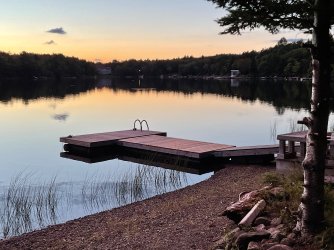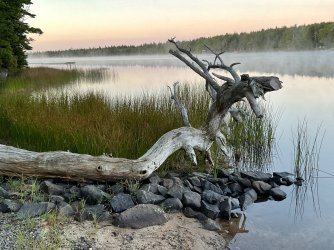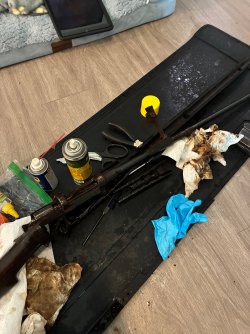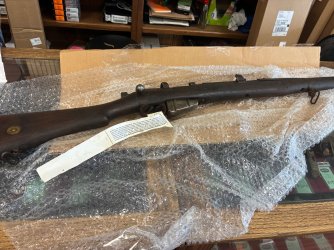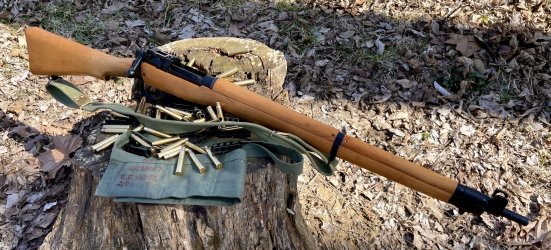Jäger1
Member
Local guy I met at the range and who tried my Long Branch out said he has been unsuccessful in looking for one to buy locally here in Montana. Gone are the days in the 70's where you could find a very high quality surplused Lee Enfield for about $25.
I am not in the market for one as I have two Long Branch 1950 No.4 Mk1* I bought 30+ years ago, complete with arsenal hang tags, for Service Rifle competition (oh, the joys of removing cosmoline). But the last two big gun shows I've gone to, I've only seen two, maybe three displayed for sale. Two of them had been giving the loving attention of Bubba, and the third already had a No. 3 bolthead mounted. Meaning that even though the headspace probably is still correct, the rifle body is now worn out (that's how the Brit armourers would see such a rifle). Of course, the owners of such rifles aren't likely as casual shooters to put as many rounds through those rifles as your average squaddy did before the rifle was sold out of service.
Can find them online - but how frequently do you see them in good local gun stores and pawn shops? The price they command today has been steadily rising - so interest in them isn't just a short term fad.


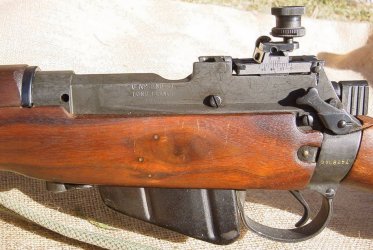
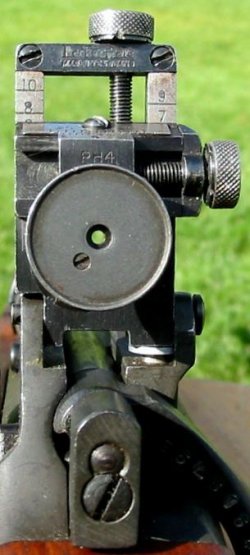
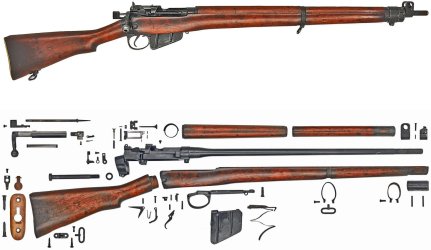
I am not in the market for one as I have two Long Branch 1950 No.4 Mk1* I bought 30+ years ago, complete with arsenal hang tags, for Service Rifle competition (oh, the joys of removing cosmoline). But the last two big gun shows I've gone to, I've only seen two, maybe three displayed for sale. Two of them had been giving the loving attention of Bubba, and the third already had a No. 3 bolthead mounted. Meaning that even though the headspace probably is still correct, the rifle body is now worn out (that's how the Brit armourers would see such a rifle). Of course, the owners of such rifles aren't likely as casual shooters to put as many rounds through those rifles as your average squaddy did before the rifle was sold out of service.
Can find them online - but how frequently do you see them in good local gun stores and pawn shops? The price they command today has been steadily rising - so interest in them isn't just a short term fad.






